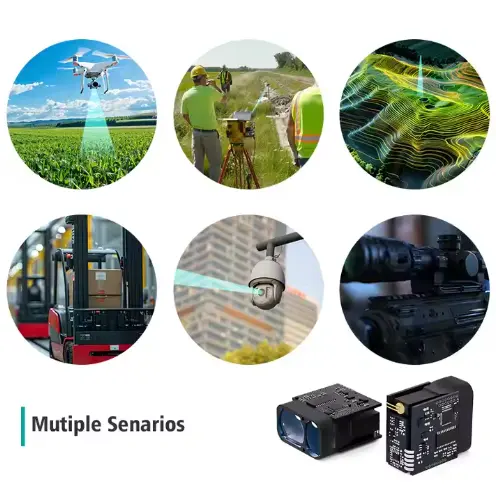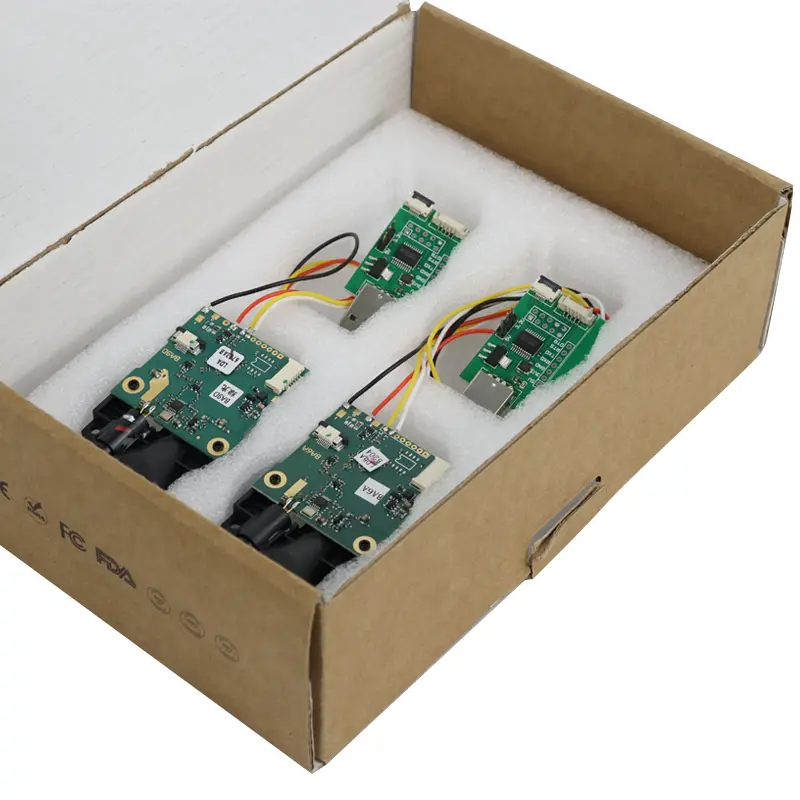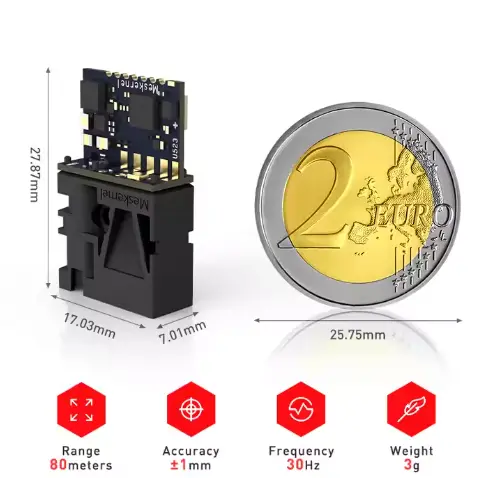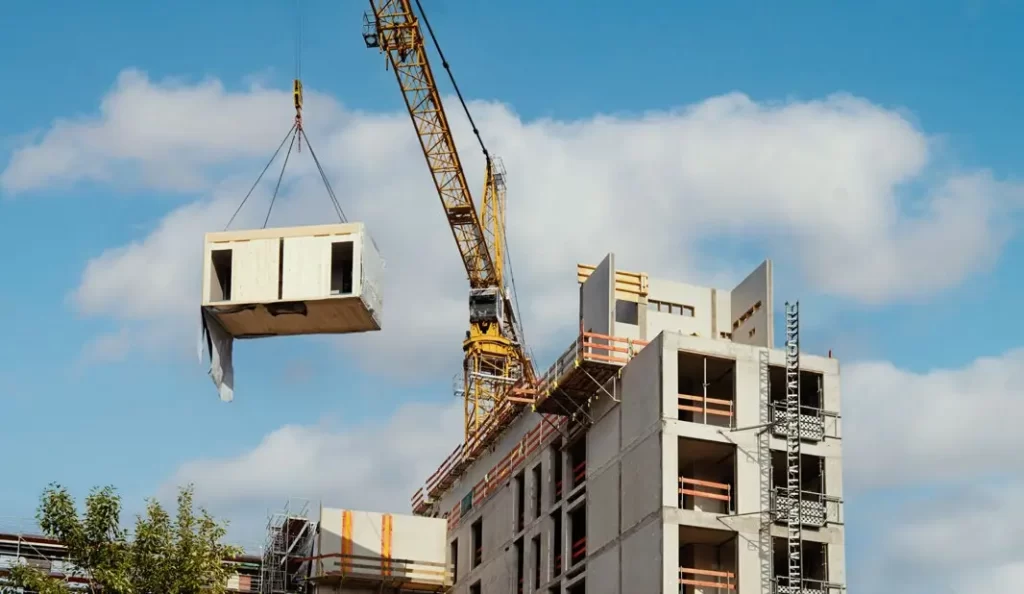When it comes to precise, reliable, and mesure sans contact, using a laser to measure distance has become the industry standard. From industrial automation to construction arpentage, distance laser sensors provide unmatched accuracy, speed, and flexibility compared to traditional tools.
In this article, we will explore how laser distance technology works, the different types of sensors available, and how to choose the right solution for your application.
How Does a Laser to Measure Distance?
Un laser capteur de distance works by emitting a laser beam toward a target and then calculating the time it takes for the beam to reflect back. This is known as the Temps de vol (ToF) principle. Depending on the design, some sensors measure phase shifts or triangulation angles to determine exact distance.
Key advantages of Laser to Measure Distance:
- Sans contact measurement for fragile or moving objects.
- High precision, often within millimeters.
- Long range options, from a few centimeters up to several hundred meters.
- Polyvalence across indoor and outdoor environments.
Applications of Laser to Measure Distance
1. Automatisation industrielle
Factories use industrial Détecteurs de distance à laser to control conveyor systems, robotic positioning, and real-time inventory monitoring.
2. Construction and Surveying
Laser distance measurers replace traditional tape measures for mesure de la distance surveying, ensuring accuracy on construction sites.
3. Warehouse and Logistics
Non-contact sensors monitor stockpile height, storage levels, and automated guided vehicles (AGVs).
4. Agriculture and Grain Storage
Long range laser distance sensors measure silo fill levels, preventing overflows and improving supply chain efficiency.
5. Aerospace, UAVs, and Robotics
Lightweight modules de distance laser are used in drones and autonomous robots for navigation and évitement des obstacles.






Types de détecteurs de distance à laser
- Time-of-Flight (ToF) Distance Sensors – Ideal for long-range and outdoor use.
- Triangulation-Based Sensors – Suitable for short-range, high-precision applications.
- Analogique Distance Sensors – Provide real-time analog output for continuous monitoring.
- OEM Laser Modules – Compact and lightweight, designed for integration into custom equipment.
Comment choisir le bon capteur
When selecting a laser to measure distance, consider:
- Measurement range (short, medium, or long range).
- Accuracy requirements (±1mm, ±3mm, etc.).
- Environnement (indoor, outdoor, high dust, or high temperature).
- Output type (numérique, analog, RS232, RS485, or industrial protocols).
- Size and weight (especially important for UAVs or compact devices).
Foire aux questions (FAQ)
What is the difference between a laser distance sensor and an ultrasonic sensor?
A laser sensor offers much higher precision and longer measurement ranges, while ultrasonic sensors are cheaper but less accurate.
Can laser distance sensors work outdoors in sunlight?
Yes, but you need a long range capteur de distance laser with strong signal processing and filters to handle bright conditions.
What industries use laser to measure distance?
Common industries include construction, la logistique, agriculture, robotics, aerospace, and manufacturing.
What is an analog laser distance sensor used for?
It provides a continuous analog output (e.g., 0–10V or 4–20mA) for monitoring levels, thickness, or positioning in real time.
How accurate are laser to measure distance?
Depending on the model, accuracy ranges from ±1 mm to a few millimeters, even over 100+ meters.
Can I integrate a laser distance sensor into my UAV or AGV project?
Yes, many manufacturers provide OEM distance sensor modules designed for lightweight and embedded applications.
Are there non-contact solutions for measuring moving objects?
Using a laser to measure distance is no longer limited to surveying tools—it’s a critical component across industries from logistics to aerospace. Whether you need a short-range analog sensor or a long range time-of-flight sensor, there are tailored solutions for every application.
If you are looking for laser distance sensors that combine high accuracy, compact design, and industrial durability, explore the latest OEM and industrial modules to power your projects.